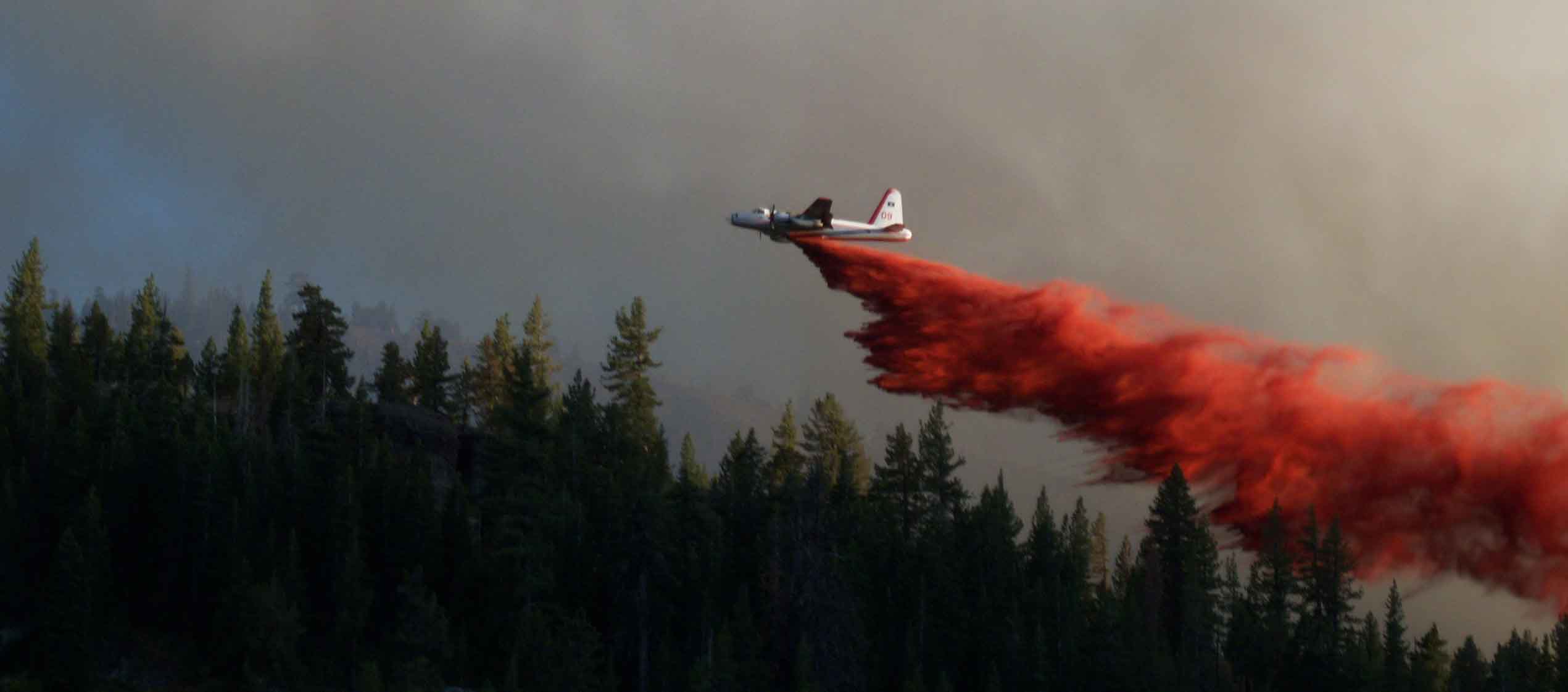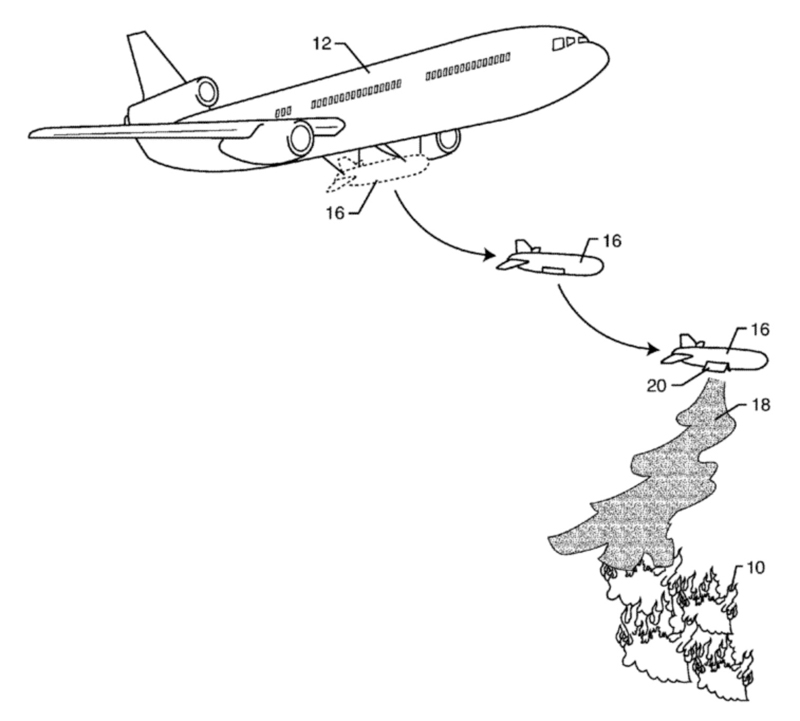The DC-10 air tanker being tested in the state of Victoria in Australia was used on a fire down under for the first time on Sunday, January 31. Here is an excerpt from an article on ABC News:
Victoria’s new water bomber aircraft was used for the first time to tackle a blaze near Mildura yesterday.
The DC-10 dropped fire retardant on the 250 hectare blaze in the Murray Sunset National Park.
Ewan Waller, chief fire officer with the Department of Sustainability and Environment (DSE) says operationally from the ground, it certainly helped getting the fire under control.
Fire crews have now contained the blaze, along with several others that started in the Dandenong Ranges yesterday.
The incident controller, Russell Manning, says the water bomber helped control a line of the fire that was moving quickly.
“We had an edge of the fire in the north-east corner that was threatening to run away with the south westerly winds,” he said.
“The DC-10 was sent here and very quickly put a retardant line in and suppressed that edge of the fire and enabled us to track the edge of the fire.”
However, speaking to ABC Radio’s Jon Faine, Mr Waller says the trial of the DC-10 tanker, nicknamed Vicky, is continuing.
“We’re circumspect. We want to make sure we get the trial information in and do the objective scientific study and seeing does this thing work and we’ll be advising Government at the end of the trial,” he said.
The DC-10 can drop up to 42,000 litres of recycled water or retardant, which is loaded at a pumping station at Avalon in about 10 minutes.
On January 28 we published our most recent update on the DC-10 in Australia.








